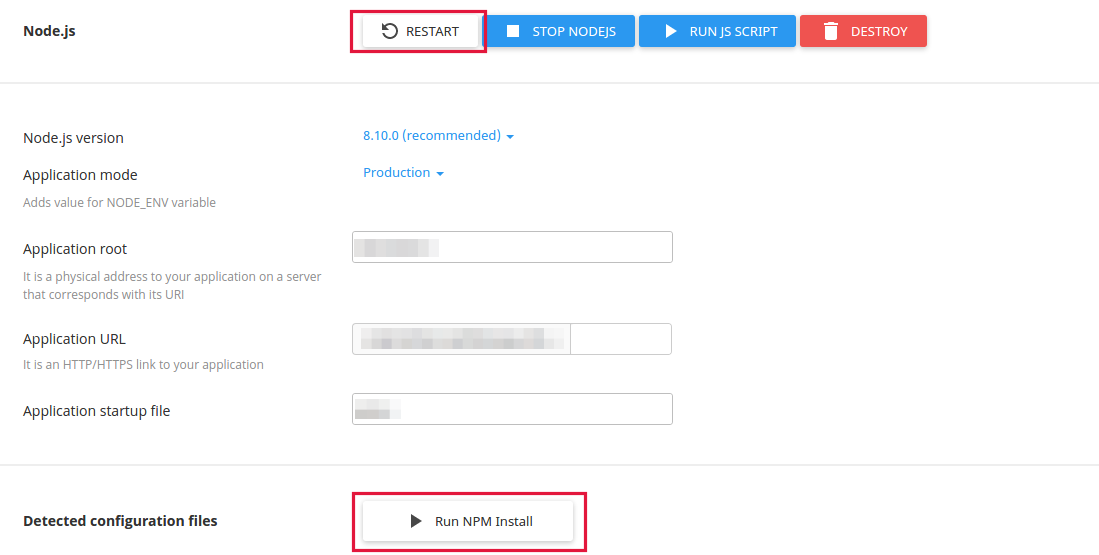

In my setup I need Windows Authentication and Websocket I'm also a fan of PM2, also running it as a Windows service. I'm only using reverse proxy (ARR 3) now :)

I can't use * because I need Allow-Credentials set to true, and * is not valid in this case. The problem is the node-api can't manage the "Allow-Origin" by its own because it is taking the web.config definition from its main domain "" too, so at the end there are two different allow origin values and it is blocked by CORS when trying to consume my-node-api from another domain than. Installing pm2 is easy with npm:Įnter fullscreen mode Exit fullscreen mode pm2 is a Node.js process manager, it can be used to keep applications running. If someone logs on to the server and closes the window, the website goes down. Starting it via the command prompt and keeping the window open is not a durable solution. The last piece that's needed is a reliable way of running the Node.js application. Once the rule has been added, the reverse proxy configuration works. Select the site for which you want to set up the reverse proxy and open the URL Rewrite extension.Īdd a new rule and select the Reverse Proxy template.Įnable proxy functionality when you are prompted for it.Īdd the address of your node.js website, don't forget to include the port, to the reverse proxy rules. Open the Internet Information Services (IIS) Manager by opening the run window and typing the inetmgr command. Once these extensions are installed, you can begin configuring IIS.

The Application Request Routing extension enables scalibility features: load balancing, rule-based routing and more. The URL Rewrite extension allows you to define rules to enable URLs that are easier for users to remember and for search engines to find.
Node js windows uri install#
To configure IIS as reverse proxy you need to install the URL Rewrite extension and the Application Request Routing extension. If everything goes well you should now be able to access the test application via on your local server. Once it's installed, you can run the test application by opening a command prompt and typing node app.js. To be able to run this, you need to install Node.js on your server. You can also check out our Node.js category page for the latest tutorials and ('Example app listening on port 3000!')
Node js windows uri how to#
Node js windows uri download#
Using Axios to download files in Node.js.If you would like to learn more about Node.js, take a look at the following articles: In this article, we learned about how to get domain, hostname, protocol from a URL without any third-party module. Let domainName = hostName.replace(/^+\./g, '') The regular expression below works with. The code: // Replace this with your own url In some cases, the domain name may be different from the hostname and we need to use a regular expression to get the correct domain name (you can see this in the example below). The URL object comes with some properties including hostname, protocol, port, pathname, hash, host, href, origin, password, pathname, search, searchParams, username. From Node.js 10.0 and up, the class is available on the global object so you can use it without this line: const URL = require('url') // This is no longer necessaryĪdvertisements Create a URL object from a string URL: const urlObject = new URL('a-string-URL-here') The URL class was first added in Node.js 6.13. For example consist local hostnames (For example, WebSocket, HTTP, HTTPS are protocols. This is usually a combination of the host’s local name with its parent domain’s name. AdvertisementsĪ hostname is a domain name assigned to a host computer. A domain name is the address of a website that people type in the browser URL bar to visit your website.


 0 kommentar(er)
0 kommentar(er)
